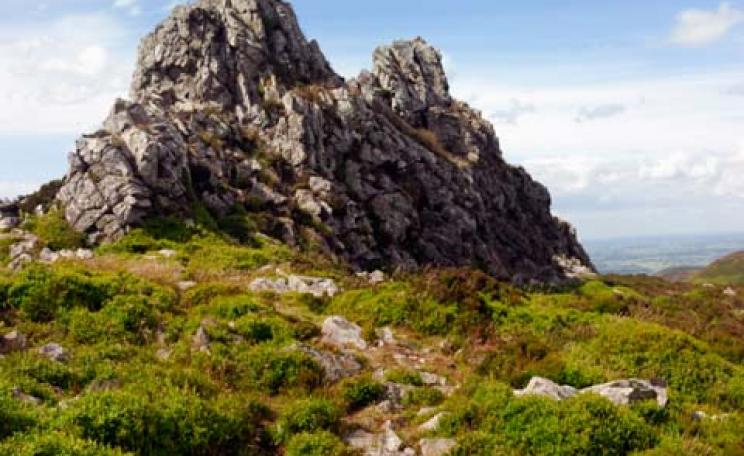Nowhere is the gulf between the dreams of money-men and real life more complete than in the brave new world of ‘avoided deforestation’.
Known also as ‘reducing emissions from deforestation and degradation’ (REDD), this dream is likely to become reality after December’s climate change summit in Copenhagen.
The idea is simple: at the moment, carbon emissions from deforestation account for about 18 per cent of global greenhouse-gas emissions, more than all the world’s trains, cars, lorries, aeroplanes and ships combined. Getting people out of their cars and planes is hard. Paying people to not chop down trees looks easy by comparison.
But, damn them, things aren’t always simple. UN Secretary-General Ban Ki Moon likes REDD. Greenpeace, on the other hand, calls it a ‘carbon scam’. And Interpol warns organised crime might muscle in.
But what is the view from the forests?
Take Papua New Guinea. The country with the world’s third largest rainforest was among the first to push internationally for REDD. But, in its remote interior, hundreds of villagers have been sold fake carbon offset deals in return for not cutting down their local forest by conmen promising big returns from ‘sky money’.
PNG special envoy to the United Nations on climate change, Kevin Conrad warns of 'carbon cowboys...confusing forest communities with tall tales of gold trains just around the corner'.
The problem is working out who the cowboys are. Earlier this year, the director of PNG’s Office of Climate Change, Dr Theo Yasause, was suspended after apparently allowing various foreign companies to start hawking carbon offsetting credits around the world secured on deals agreed with local landowners. Yasause was investigated and recently cleared of corruption but an insight into his operation is provided by one of those who helped sign up the forest owners, Kirk William Roberts. Robert’s previous business experience included running a cock-fighting operation in the Philippines. He claims the row was caused by jealous cock fighting rivals and business competitors running a smear campaign against him.
REDD may look great from the windows of the skyscrapers where it was dreamed up, but cock-fighting, cowboys and sky money are there to trip up the money-men when they come down to ground level.
Thanks to Ilya Gridneff, who alerted me to this story.
A winter frightener
The pumpkins are out in my local Co-Op. The vampire teeth, witches’ hats and stumpy devils’ tridents have been there for weeks. They got me wondering how much Halloween is worth, measured by how much shops make from all this merry junk. Put it another way, how much do we spend?
About £120 million a year apparently. That’s not a lot, which surprised me. It’s less than £2 each, with only about 2 million homes bothering even to go out and buy a pumpkin.
It’s also nothing compared to the US where, let’s be honest, Halloween looks more fun and according to the National Retail Federation, tips the scales at a whopping $5 billion every year.
But things may be changing. UK Halloween sales are increasing, fast. And Woolworths.co.uk recently appointed its first ‘head of Halloween’ - a full-time job - to take charge of buying all those pointy teeth.
 |
|






